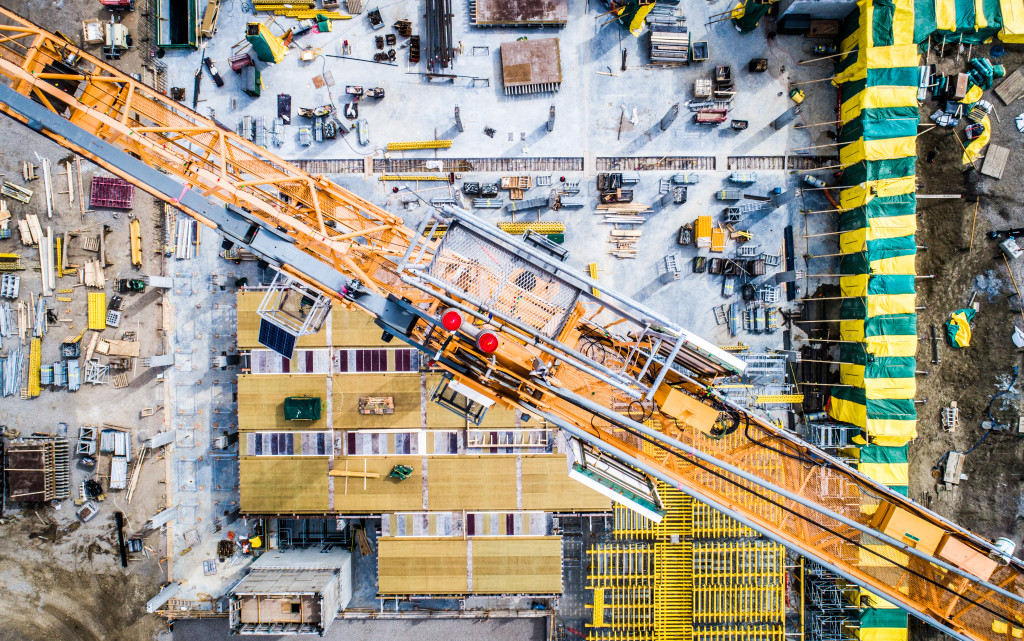The construction industry is fraught with risks. From workers getting injured to projects getting delayed, many things can go wrong. Every day, you face new challenges and potential problems.
But with careful planning and risk management, you can reduce the chances of something going wrong. As a business owner in this field, it is vital to be aware of these risks and manage them.
Here are ideas to eliminate risks and ensure safety in your construction business.
Education and Training
One of the best ways to reduce the chances of something going wrong in your construction business is to educate and train your employees. Please make sure they know the risks involved in their job and teach them how to safely and effectively carry out their tasks. Doing so will help reduce the likelihood of accidents or injuries on the job site.
Another critical part of training is ensuring your employees know how to respond to emergencies. Teach them how to stay safe and keep calm in a crisis. And make sure they know who to contact if there is a problem.
Safety Measures
It is also essential to take safety measures to protect your employees and business. Please make sure all employees are familiar with the safety plan and know its role.
Here are some safety measures you can take to protect your business:
Install safety equipment
Guardrails, nets, and scaffolding are essential for keeping workers safe on your construction site. Make sure they are correctly installed and maintained. If you’re working on a high-rise building, don’t forget to include fall arrest systems.
If erosion is at risk, hydroseeding practices can be a preventative measure. It involves spraying a water and herbicide mixture onto the ground to help control erosion.
Create a safety plan
It is a comprehensive document that outlines how you will protect your workers and business from potential risks. It should include emergency response procedures, policies for safe work practices, and a list of designated safety officers.
Your employees must be aware of the safety plan and know its role. Make sure to conduct regular safety meetings to keep them up-to-date.
Prepare for an insurance

No matter how careful you are, accidents can happen. That’s why it is crucial to have insurance to protect your business from potential losses. There are many types of insurance available, so make sure you have the right coverage for your construction business.
Scheduled Maintenance and Repair
Routine maintenance and repair are essential for running your construction business safely and smoothly. It helps prevent problems from arising and keeps your equipment and tools in good working order.
In doing so, you can reduce the chances of something going wrong and keep your business running smoothly. It also eliminates the need for emergency repairs, which can often delay a project. What’s more, doing so will save you time and money in the long run.
Random Inspection
Random inspections can help you identify potential problems before they become serious issues. By conducting random reviews, you can catch any safety hazards or equipment failures before they cause an accident.
Inspections also help ensure that your workers follow the safety procedures and use the proper safety equipment. It is also an excellent way to assess the overall safety of your construction business.
Make sure to keep a record of all inspections and preventive actions taken. It will help you track the safety of your business over time.
Certifications and Membership
Having the proper certifications and membership can help reduce the risks associated with your construction business. For example, many insurance companies offer discounts for companies that are members of safety organizations such as the National Safety Council.
Another necessary certification is the Occupational Safety and Health Administration (OSHA) certification. It shows that you comply with federal safety regulations and can help protect you from OSHA inspections.
Corrective Actions
If an accident does occur, it is essential to take corrective actions to prevent it from happening again. It includes investigating the cause of the accident and correcting the problem.
It is also essential to have a system to document and track corrective actions. Sanctions to employees who violate safety procedures should also be considered.
You can help protect your construction business from potential risks by taking these safety measures. By implementing a comprehensive safety plan, you can ensure that your workers are safe and your business is running smoothly. Insurance, routine maintenance and repair, and random inspections are just a few of the essential measures you can take to reduce the risks associated with your construction business.



